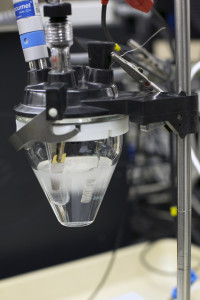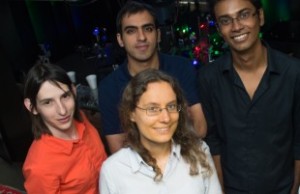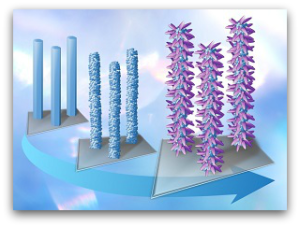Even after the release of the highly anticipated iPhone 6s, Apple remains in the spotlight with the announcement of the company’s potential electric car.
Apple’s entrance into the electric car race puts them up against competitors such as Tesla and Google. The company aims to follow a Tesla path rather than Google—delivering cars directly to the consumers rather than selling the technology to established automobile manufactures. It is expected that the first iCar (presumed name) will hit the market by 2019.
Electric Car Race
These companies are not the only ones interested in green energy alternatives for automobiles. Car manufactures such as Toyota are also directing their attention to this topic. Aside from the release of the Toyota Prius PHV, the company has also allowed for royalty-free use of their fuel cell patents and has recently partnered with ECS to fund new projects in green energy technology.
Technology companies and automobile makers alike are transitioning away from gas-guzzling vehicles to environmentally friendly automobiles, utilizing hydrogen and electric power more frequently. This is in part due to consumer concern regarding climate change and danger of increased greenhouse gas emissions.





